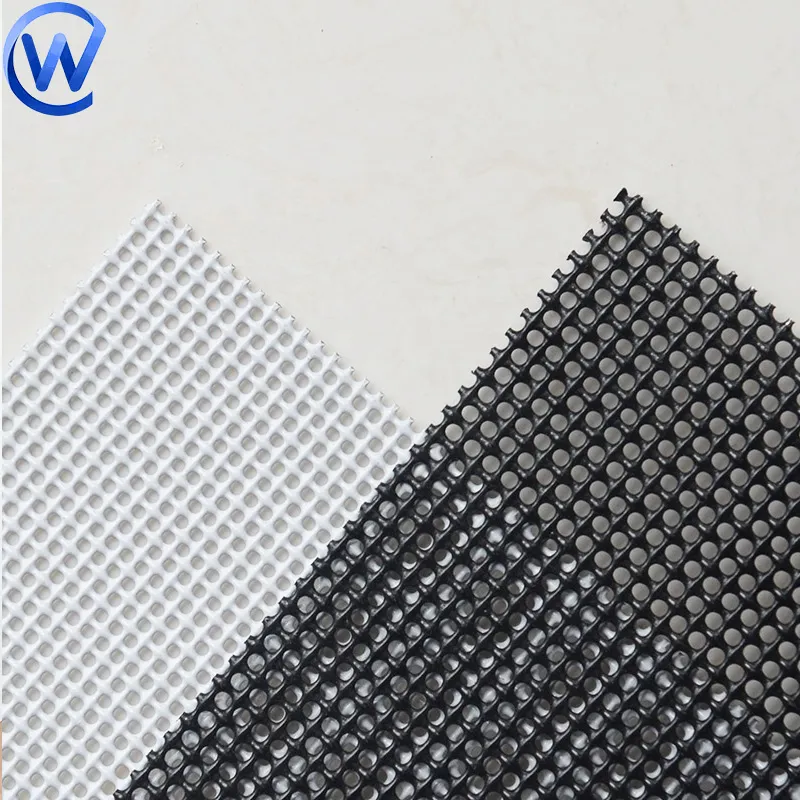-
+86 15030157877
-
sales@galvanizedmetalmesh.com
Dec . 23, 2024 18:40 Back to list
Wrought Iron Fence Manufacturing Companies and Their Unique Designs and Innovations
The Evolution and Importance of Wrought Iron Fence Factories
Wrought iron fencing has been a prominent feature in both residential and commercial landscapes, renowned for its durability, aesthetic appeal, and ability to provide security while enhancing property values. As modern design evolves, wrought iron fence factories have remained pivotal in meeting the demands for high-quality fencing solutions, blending traditional craftsmanship with contemporary manufacturing techniques.
Historical Context
The history of wrought iron dates back to ancient times, but it became particularly popular during the Industrial Revolution. Wrought iron is a malleable form of iron that is characterized by its fibrous structure. This property gives it strength and flexibility, making it ideal for the intricate designs that define wrought iron fencing. Factories dedicated to wrought iron began to emerge as artisans sought to meet the growing demand for decorative and functional fencing solutions in the 19th century.
During this period, wrought iron fencing became a status symbol among the affluent, with ornate designs featuring elaborate motifs, curlicues, and embellishments that reflected the craftsmanship of the time. The introduction of factories allowed for mass production, significantly lowering costs and making wrought iron fencing accessible to a broader audience.
Modern Manufacturing Techniques
Today's wrought iron fence factories utilize advanced technologies to enhance the efficiency and quality of their products. While traditional blacksmithing techniques are still valued, modern factories incorporate automated processes such as laser cutting, CNC machining, and powder coating. These technologies allow for precision in design and manufacturing, resulting in fences that are not only visually appealing but also meet industry standards for strength and durability.
The combination of craftsmanship and technology also allows factories to offer a wider range of customization options. Customers can choose from various styles, colors, and finishes, ensuring that their fencing solutions harmonize with their property’s aesthetic. Additionally, factories now produce wrought iron that is treated for corrosion resistance, ensuring longevity and minimal maintenance—a significant advantage in today’s market.
wrought iron fence factories

Economic Impact
Wrought iron fence factories contribute significantly to the economy by creating jobs and fostering local industries. Skilled labor is essential in the production of wrought iron products, from design to installation. As these factories continue to thrive, they support a network of artisans, welders, and manufacturers of raw materials. This interconnectedness bolsters local economies, emphasizing the importance of supporting such factories and the communities surrounding them.
Moreover, the rising demand for wrought iron fencing in various sectors, including residential properties, commercial spaces, and public parks, further reinforces the relevance of these factories. As urbanization increases and more people seek secure and stylish property boundaries, the role of wrought iron fence manufacturers becomes even more critical.
Sustainability and Future Trends
As we look toward the future, sustainability will play an increasingly significant role in the operations of wrought iron fence factories. The industry is facing pressures to reduce its carbon footprint and adopt environmentally friendly practices. Many manufacturers are now exploring the use of recycled materials and sustainable practices, ensuring that their products align with the growing consumer demand for eco-conscious solutions.
In addition, the rise of smart technology is poised to influence the wrought iron fence market. Factories may soon begin incorporating features such as automated gates, integrated security systems, and smart sensors into their offerings, providing customers with advanced security and convenience.
Conclusion
Wrought iron fence factories stand at the intersection of art, engineering, and functionality. With a rich history and a commitment to innovation, these factories continue to produce beautifully crafted fencing solutions that meet the diverse needs of modern consumers. As they evolve and adapt to new challenges, the craftsmanship and durability that wrought iron offers will undoubtedly remain a preferred choice for those looking to enhance their properties and secure their spaces. The ongoing dedication to quality and innovation ensures that wrought iron fencing will remain a staple in architectural design for years to come.
-
High-Quality Concrete Reinforcement Wire Mesh Leading Manufacturers & Exporters
NewsJun.10,2025
-
High Quality Galvanized Steel Fence - Leading Manufacturer, Exporter & Supplier
NewsJun.10,2025
-
10 Gauge Barbed Wire Supplier - Heavy-Duty & Corrosion-Resistant
NewsJun.10,2025
-
Durable Farm Fence Wire Suppliers & Manufacturers Fence Wire
NewsJun.10,2025
-
Premium Powder Coated Metal Mesh Suppliers - Durable & Rust-Resistant
NewsJun.09,2025
-
Reliable Perforated Stainless Steel Sheets Custom Designs & Export
NewsJun.09,2025



